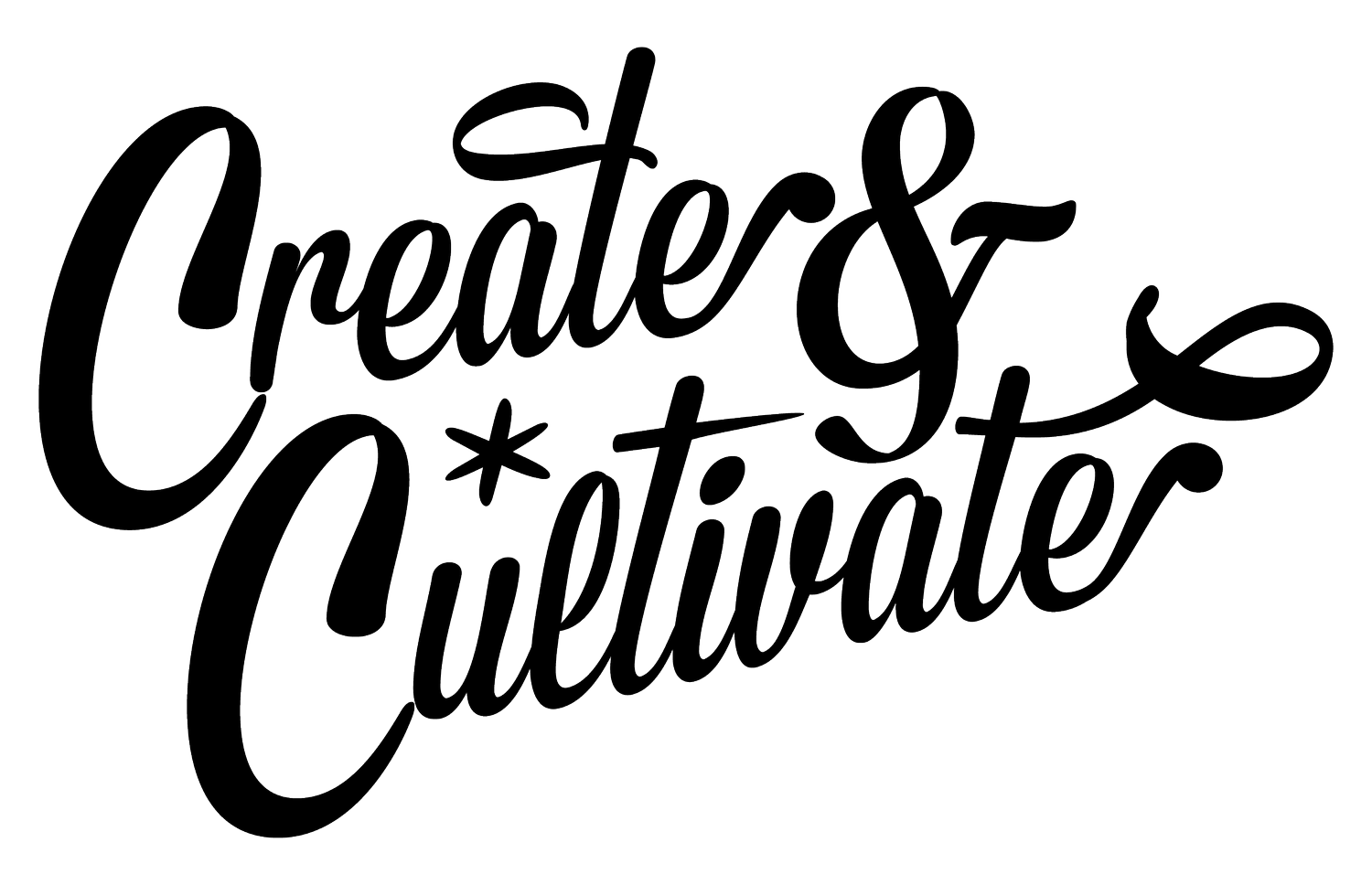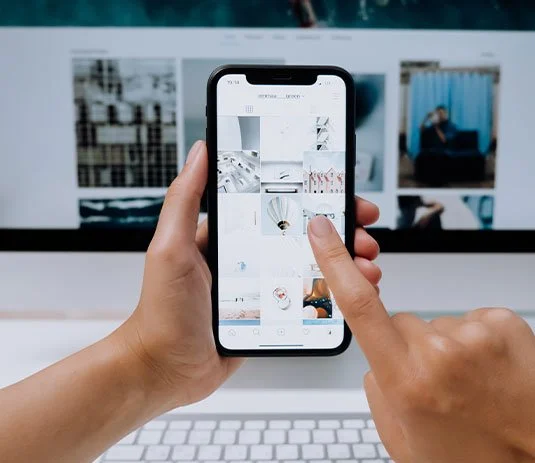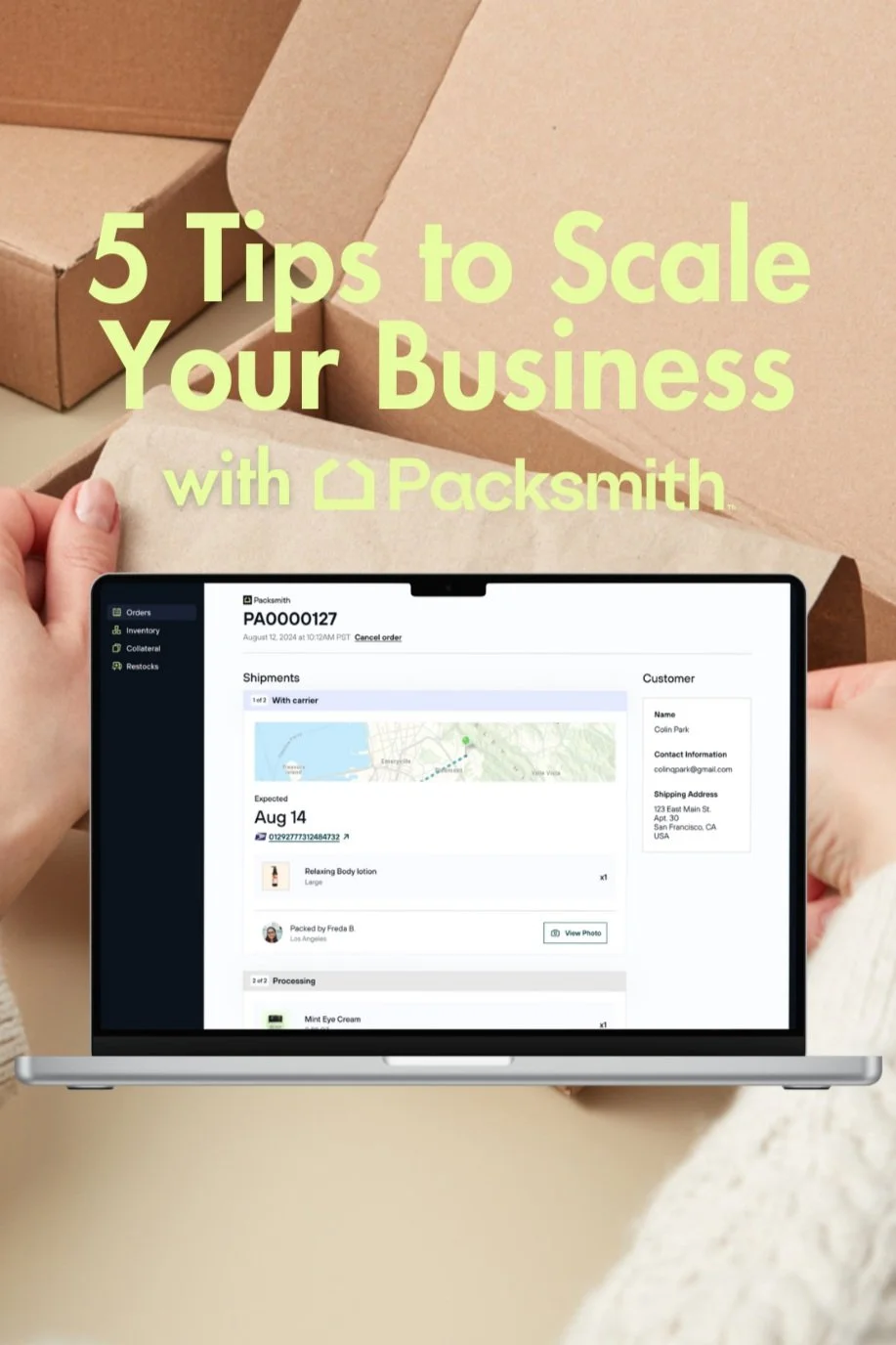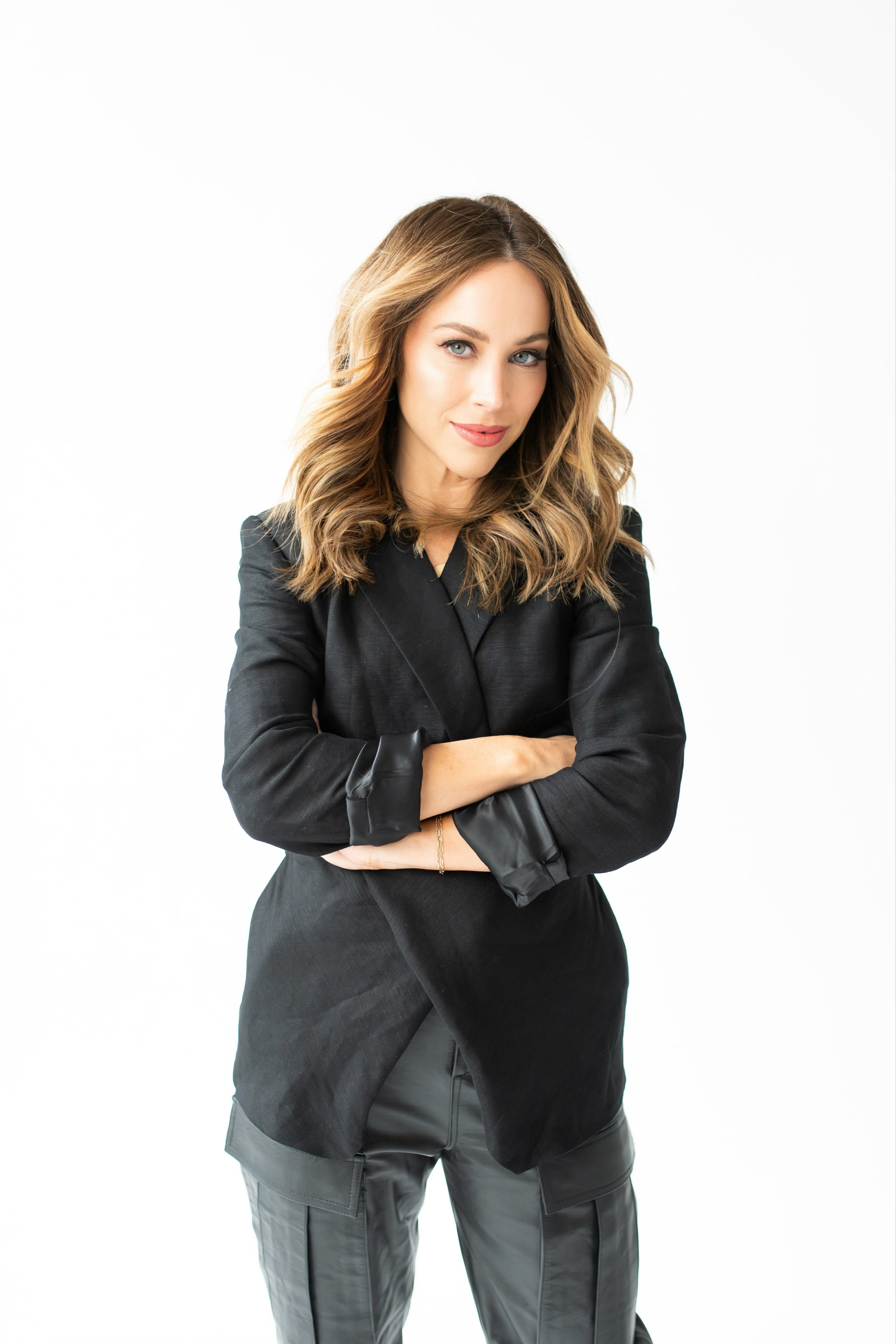Meet the Woman Whose Job Affects the Way 2.5 Billion People Communicate on a Daily Basis
She decides what Google’s Android emoji look like (!).
How many times have you peered voyeuristically into the lives of people you admire via social media and wondered what it must be like to do their job? We’ve all been down that research rabbit hole on our quest to create and cultivate the career of our dreams, but often we’re still left pondering the realities of their day-to-day—so, what is it really like? In our editorial series I Want Your Job, we uncover the truth by getting into the nitty-gritty details about what it’s actually like to work in your quote-unquote “dream job” and if the reality stacks up to the expectation.
Photo: Courtesy of Jennifer Daniel
To say Jennifer Daniel’s work affects a lot of people is an understatement. As the creative director for Android and Google emoji, she designs the emoji anyone who uses an Android device can choose from to express themselves—which is over 2.5 billion people. (Yes, that’s billion with a “b.”) And she doesn’t take that influencer lightly. “I see my responsibility working on emoji to have a lot of parallels with how dictionaries operate,” says Daniel. “Like lexicographers, we’re not looking to invent or create new concepts. Instead, we look at the world—both forward and backward and observe how people communicate,” she explains. “Language is fluid, but if we see patterns or trends that aren’t transient and seem to have stuck, we formally recognize it by emojifying it.”
Recently, Create & Cultivate caught up with Daniel to talk about her impressive career, including what a typical workday looks like for the creative director, which (spoiler alert) doesn’t exist. (“Before this chat, I just got off the phone with a doctor in Cambridge to vet the heart and lung emoji to make sure they’re anatomically correct,” she tells us.) And though her days may not be “typical,” Daniel wouldn’t have it any other way. “I need a job that keeps me on my toes,” she says. “If I’ve gotten to the point where I'm not learning new things, it might be time to find a new job.” Ahead, she also fills us in on getting her start, working her way up from entry-level designer to graphics editor at The New York Times, and why her peers are her greatest professional influences.
How did you get your foot in the door in the tech industry and land where you are today as the creative director for Google's emoji program?
In high school, I was torn between going to a big university to become a lawyer and going to art school. In the end, I ended up at Maryland Institute College of Art (MICA) which was basically four years of summer camp. It was there that I learned that graphic design was something other than adding lens flares to compositions in Photoshop. After graduation, I spent ten years on and off at The New York Times, originally starting as a designer and working my way up to a graphics editor. I never ever thought I would leave New York but when my partner got a job offer on the West Coast, I suddenly found myself in ‘Frisco. After a rant about the design scene in San Francisco went viral, I heard from Google.
What did you study in school? How has that prepared you for your job now?
I ended up studying graphic design, which was something I wasn’t familiar with before MICA. In middle school, they pass out these occupational surveys, I’m not sure how common they are now, but when I turned it in, the recommendation was to become a parole officer. It wasn’t until I was in college that I was introduced to the notion of specialties beyond what is described in Busy Town. My sophomore year at MICA I met Nicholas Blechman (the current creative director of The New Yorker, and previously an art director at The New York Times) who was a guest teacher. He taught a class called “Polemic Image” and lectured about the history of political art and illustration and I was like, “Ohhhhhhh, you can do graphic design and illustration at the same time?" And, you could make it newsy? That’s a job?” At our midterm review, he looked at my portfolio and took out a poster, and asked if he could have it. And I sassily replied something like he could have it if I could follow him to New York and be his intern. One of the best summers of my life living in my grandmother’s attic in Flushing and commuting to Chinatown every day.
Did you intern before landing your first “real” job? If so, where, and how did that prepare you? Would you recommend it to others coming up behind you?
I interned with Christoph Nieman and Nicholas Blechman for a number of years. After I graduated, Nicholas took a job at The New York Times and asked if I would join him as his assistant. This ultimately turned into my career as I know it.
"In the industries I work in, there’s a lack of women in what my friends and I call the 'just-ahead-of-me group.' So, I’d say my peers are the strongest influences in my life."
—Jennifer Daniel, Creative Director for Android and Google Emoji
What does your day-to-day look like as the creative director for Google's emoji program? Does the reality of the job stack up to your expectations?
The process of creating emoji—from idea to when they land on your phone—takes a couple of years so there’s no day-to-day routine. My days change depending on where we are in the process. Are we in the strategy phase? The proposal reviews? The design? The research? I guess one thing every day has in common is how I am routinely surprised. This is something really important to me. Perhaps because I worked in a newsroom and every day was truly different, but I need a job that keeps me on my toes. I hope everyone has some equivalent of learning something new in their occupation. If I’ve gotten to the point where I'm not learning new things, it might be time to find a new job.
When I first started working on emoji, I thought, “Are any of these adding anything of value to how we communicate digitally?” And as I got more involved in the emoji sub-committee and started reading proposals, I realized that each proposal is coming from someone who looked at their keyboard and couldn’t find a way to articulate something that normally comes naturally to them. That is deeply primal—the desire to be seen and heard and recognized and understood—and that has changed my perspective. The more I learn how people use emoji has also changed what I prioritize and how I look at things.
You have what many would consider a dream job. What are some of the common misconceptions people get wrong about your role? Why?
People may assume Google gets to choose the emoji that are encoded, but in truth, that’s up to an independent non-profit standards body called the Unicode Consortium. As a member, I’m on the sub-committee that is responsible for emoji. It’s truly collaborative. Another part of my job that surprises most folks is how much time I spend talking to experts to make sure that the emoji are authentic. Before this chat, I just got off the phone with a doctor in Cambridge to vet the heart and lung emoji to make sure it’s anatomically correct.
Your job affects the way people on over 2.5 billion devices communicate on a daily basis. That’s a staggering number—How do you view the responsibility that comes with Google’s wide reach? What initiative/project within Google’s emoji program are you most proud of?
I see my responsibility working on emoji to have a lot of parallels with how dictionaries operate. Like lexicographers, we’re not looking to invent or create new concepts. Instead, we look at the world—both forward and backward and observe how people communicate. Language is fluid, but if we see patterns or trends that aren’t transient and seem to have stuck, we formally recognize it by emojifying it.
What advice would you give to young professionals trying to break into your industry? How hard is it? What key traits and characteristics does it take to work in your industry?
Just be you. As women, we’re told over and over again to lean in, but that frequently puts us in positions that are structurally unsuited and hostile. This touches on every part of the job, even seemingly trivial things like tone in emails. Research has shown that women don’t use emoji professionally or aren’t friendly in emails, because they’re taken less seriously if they do. I understand and also reject it. Our humanity is essential to effective communication. Don't use enough emoji and you're seen as hostile. Use too many and you're seen as unprofessional. It's a lose-lose. So, forget it. Just be yourself.
Photo: Courtesy of Jennifer Daniel
Can you share one woman who paved the way for you to be where you are today? How are you paying it forward and helping other women who are coming up behind you?
In the industries I work in, there’s a lack of women in what my friends and I call the “just-ahead-of-me group.” So, I’d say my peers are the strongest influences in my life. The artists, writers, and designers I’ve met along the way are incredibly motivating and inspiring. And, for those moments where things feel highly discouraging, well, I hope everyone has friends who pump them up like mine do because it rules.
What’s the hardest decision you’ve ever had to make? And how did you turn it into an opportunity?
For me, that was moving to San Francisco. I thought that I was going to stay in New York and I still miss it. I left a place I truly never thought I would leave. But, I guess that’s the point. Just when I think I know the answer to something, I probably don’t. Trying new things isn’t scary to me. Nothing is permanent. And, if ‘Frisco doesn’t work out I can always move back.
What books do you recommend people read to get a foot in the door in your industry?
Throw out all your UX books. For me, I gravitated towards linguistics and science and social sciences. Those are the sections of bookstores that I go to. If you really want one book recommendation, go pick up “Because Internet” by Gretchen McCulloch is a must-read if you are interested in internet linguistics.
What podcasts do you recommend people listen to?
I listen to about a hundred podcasts. I am the kind of person who listens and absorbs as much as possible. A few of my favorites: “Infinite Monkey Cage,” “Getting Curious,” and “The Daily.”
What’s one thing you wish you’d known when you were first starting out?
That I know nothing. I am a completely different person than I was ten years ago, and ten years before that. We are constantly reinventing ourselves and learning.
What is your best work hack or productivity tip? How do you get it all done?
I create clear boundaries. When I go home, I don’t open my computer unless I’m watching a movie. I do think about work. I might listen to a podcast as I go to sleep and think about how that applies to what I’m working on. But generally, I don’t work at home. I wake up very early, around 5 am, walk the dog, and ok I admit I do respond to emails but I’m a morning person so I like to get a lot done in the morning. Setting boundaries between my work and personal life helps me be my best self in both places and is something I would recommend trying.
MORE ON THE BLOG
Take the Leap: 5 Reasons to Start Before You're "Ready"
Ready? You were born ready.
photo credit: Kelley Raye
If you are reading this post, I'm going to guess that you either:
Have a full or part time day job and are running your blogging or creative business in your free time (and possibly want to take that blog or business full time) or,
Work on your blog or creative business full time and want to take it to the next level.
If either of these guesses are true, keep reading, friend.
You are not alone. There are a LOT of people trying to do exactly what you are doing. I write this not to deter you from doing it, but to illustrate that in order to stand out and grow, you're gonna have to take action.
Here's the really great news: You have a lot of power in this situation. More than you probably realize.
And to harness that power and start allowing big things in your business and life, you have to get comfortable with being a little uncomfortable.
One thing I notice with aspiring creative business owners vs. entrepreneurs is that they are timid to take big risks. They don't want to let go of that day job for fear of struggling financially. They don't want to reach out for that big opportunity in their business for fear of being rejected (or even worse, ignored). They don't want to talk too much about their work or ask too much money for their products and services, for fear that they will turn off potential customers and clients, or won't be able to deliver on their promises.
"You have to get comfortable with being a little uncomfortable."
Tweet this.
See a pattern forming? Yep, it's fear. Fear of not being ready. Fear of making a big commitment without knowing the outcome. Fear of not being good enough.
Fear of struggle.
Once you can move past the fear and use your intuition--that gut feeling--to make big decisions for your business, you will find that really great things will start happening.
But what if your gut is telling you that you aren't ready to take those big leaps?
Here are my thoughts on that:
1. Spoiler: You will never be ready.
You can plan your next move for years without ever actually making the move. It's fun to plan and research, isn't it? You are learning! You are filing all that information away neatly for the day that you are finally ready to launch. So much fun!
And you're totally protected by the fort of information that you have built around yourself.
But you are trapped. You have to take action, or all that research will go to waste. You might even find that the information you gathered wasn't as helpful as what you will uncover by taking the leap and putting yourself out there.
2. You will figure it out and learn as you go.
I run a product-based business and a couple of years ago I decided to start wholesaling my products to retailers. I knew nothing about wholesale, except that it was a great way to sell more product and get fresh eyes on my work.
One night, I finally decided to start reaching out to shops, and ended up getting a really large order. It was amazing. And so stressful!
I did many things wrong, even after following all the "advice" I had found online. I got paid late and I barely made any money.
But my experience with that order helped shape my entire wholesale program as it is today.
Now? I have regular wholesale orders and the bulk of my income comes from my wholesale business. And I get paid on time!
I threw myself into it and learned from my inevitable mistakes, and now it's no biggie.
3. The money will come.
I've amazed myself at times with how quickly I can make $300 when my feet are held to the fire.
I'm not here to tell you to quit your day job tomorrow, but trust me when I say that you know how to make money on your own. Sometimes that day job (or other job-like commitment) is a financial crutch. You think you need it.
You need money, not a specific job. There are plenty of ways to make money by doing what you love.
Start figuring out ways to make up that income. Start scaling back your day job hours. Start taking back your time and devoting it to things that you really want to do. Do these things before you can rationalize it (by the way, the only rationalization you need is that you want to do it).
You might be amazed at how resourceful you are, too, when your feet are held to the fire.
4. Now is the best time to start building your experience.
The sooner you put new work out into the world and introduce it to the people that can help you grow your business, the sooner you will build a fantastic body of work.
Your work may not be the best ever the first time you create that new product, or reach out for that big brand collaboration or magazine feature. But if you do it now, and keep doing it over time while taking note of the things that weren't strong, you will improve.
If you don't look back and cringe a little at your old work, then you probably launched too late. Launch early and don’t give up on the opportunities that are important to you.
5. There's no better feeling than doing exactly what you want every day.
Several years ago, I spent most of my time doing all the things I should have been doing and only dreaming about all the things I actually wanted to do.
Now, I get to choose what I want to do most days. Being able to spend my time on things that bring me joy is one of the most empowering feelings, ever.
But you don't get to that place by sitting around waiting for it to happen to you. You have to chase it, wrangle it, overcome adversity, and ignore everyone saying "You know what you should do..."
Focus consistently on your goals, both big and small. What action will get you closer to achieving them? Do that.
And do it as soon as possible.
Casey Sibley is a Reno, Nevada based designer and writer. She writes the blog Leap Repeat, sharing her experiences in pursuing a business and life that brings her joy, and encouraging other aspiring creative entrepreneurs to lead a life by their own design, on their own terms. She also owns Casey D. Sibley Art + Design, a lifestyle brand of accessories and home goods in a colorful, modern style meant to inspire a happy life.
You can find her sharing behind the scenes snapshots of her work on Instagram, Facebook, and Twitter, and a few thoughts on leading a joyful life on Periscope @caseydsibley.
An original version of this article appeared on Blog Society.
MORE FROM OUR BLOG
















